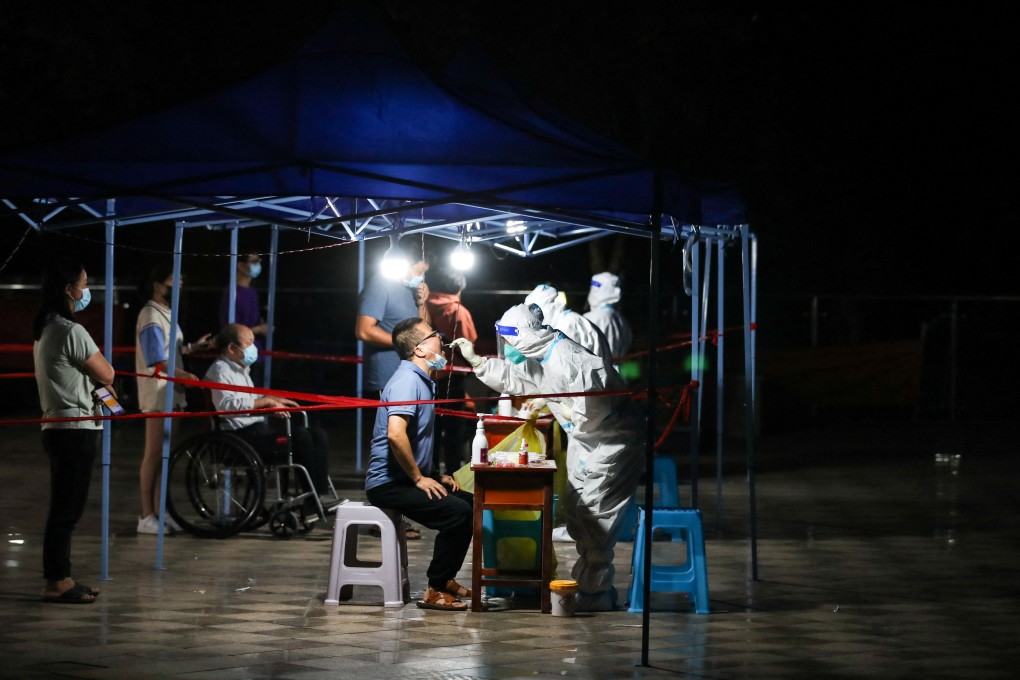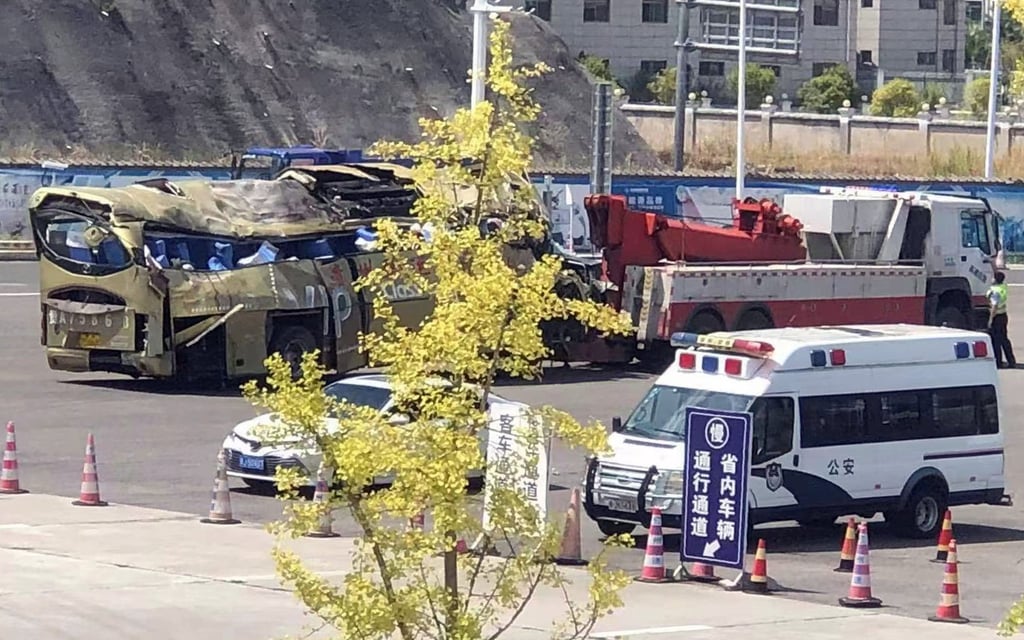Coronavirus: China sticks to zero-Covid policy as management failures and public misery mount
- Covid control failures have become public anger flashpoints as health measures become ‘politicised’, experts say
- ‘Draconian’ Covid policy increasingly unjustifiable as severity of disease drops, world opens up

Public apologies from government officials in China for mishandled duties are extraordinarily rare events. After all, career success is largely determined by their supervisors, not by the people they serve.
The bus transferring people from Guiyang, the capital of the southwestern province of Guizhou, to a quarantine centre, crashed on Sunday. In addition to the dead, 20 other people were injured.
The disaster happened at around 2.40am as the bus was heading to Libo, a mountainous county about 260km (160 miles) from the city. To prevent driver fatigue, Chinese traffic laws prohibit most coaches from being on highways between 2am and 5am.
The loss of life and apparent disregard for laws and regulations sparked widespread outrage on the internet, setting off a renewed reflection on the country’s zero-tolerance Covid-19 policies.
